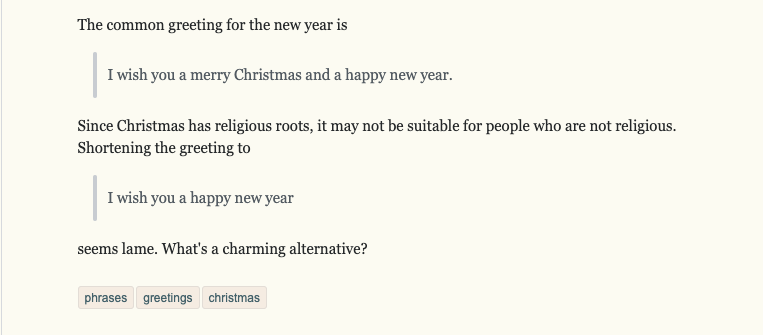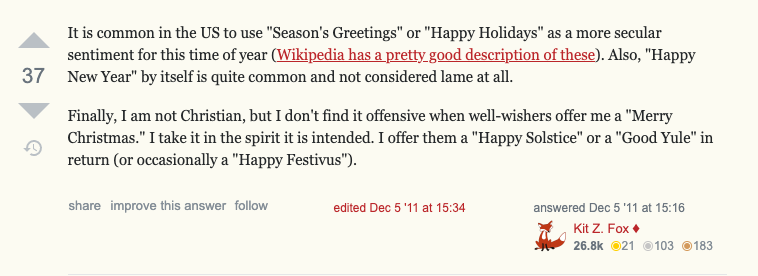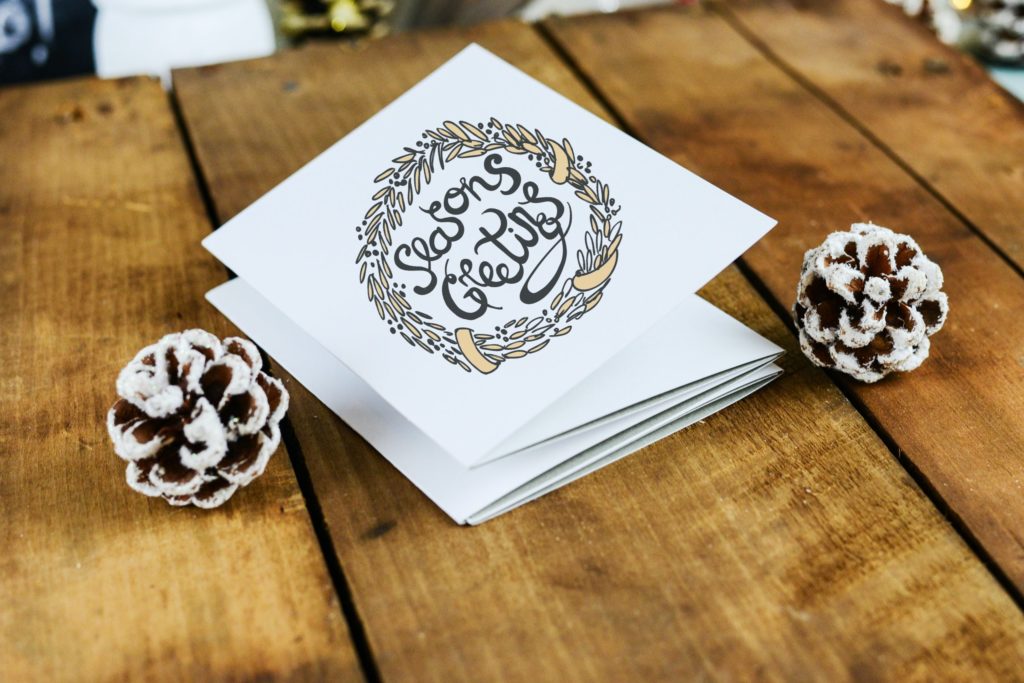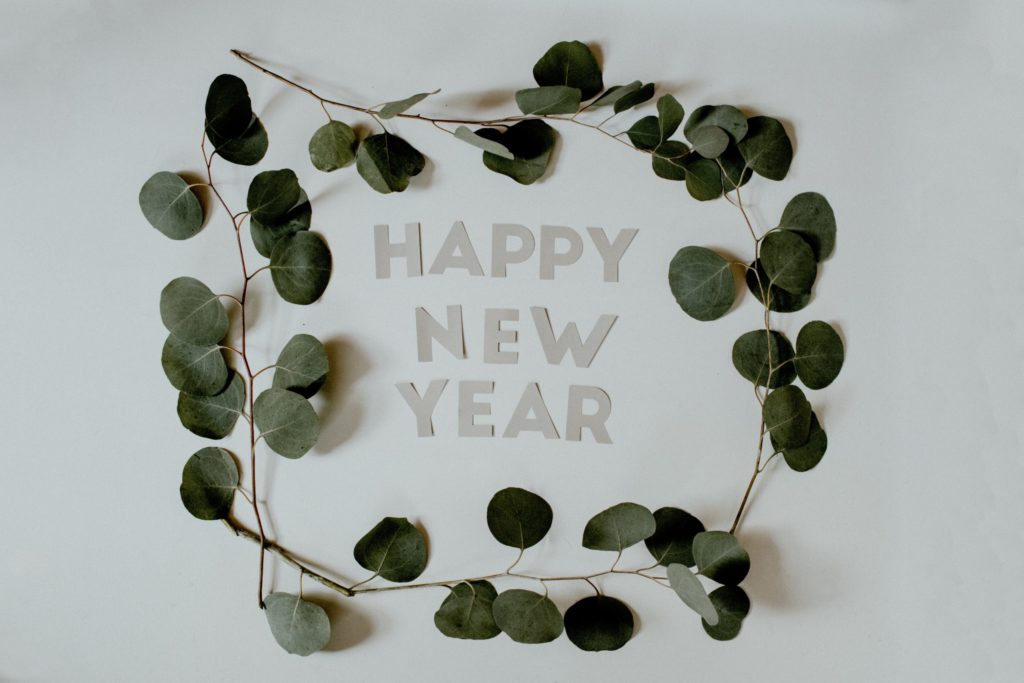
By Wyatt Otto, Content Manager With TikTok growing to become the most popular platform for traditional college students (age 18-22), more colleges are joining the platform to better connect to… Read More – So Your College is on TikTok, Now What?
Blog December 03, 2020

Inclusive holiday greetings always seem to be a head-scratcher during December. The season marks a slew of religious, cultural, and secular holidays. And it’s also a time when emotions can run high.
If you dread signing off your emails this time of year, you are not alone. It can be tricky to choose. Do you say “Merry Christmas,” “Happy Holidays,” or “Season’s Greetings?” Is there a secret holiday handshake? A brand-new, uber-correct greeting that you’re totally unaware of?

“It can be a bit of a dilemma to make sure you are trying to be inclusive of everyone,” says Rev. Mark Fowler in an HR Magazine article on holiday inclusivity.

The American landscape is changing and becoming more diverse, making it difficult to find a one-size-fits-all greeting for the season. In a 2018 Pew Research Center study, 65 percent of American adults described themselves as Christians when asked about their religion. That figure is down 12 points from over the past decade.
Tens of millions of Americans don’t celebrate Christmas religiously or at all. That number includes those with no affiliation, Buddhists, Jews, Hindus, and Muslims.

A simple holiday greeting can become a nail-biting affair. No one wants to offend anyone or make assumptions about religious practices — especially at work.
While there’s no one magical solution, below are some suggestions you might find helpful to spread winter cheer.

When you aren’t sure what someone celebrates, consider using a broader phrase like “Happy Holidays.”
According to a blog by Grammarly, “By using the inclusive term, you’re doing your part to make sure everyone’s holiday actually is as happy as it can be.”
The blog posits that wishing a “Merry Christmas” to someone who celebrates another holiday can make them feel marginalized and invisible. True, saying “Happy Holidays” to someone who may celebrate Christmas can be potentially disappointing to the recipient. However, according to the article, “One holiday being more popular than the others doesn’t mean you should ignore the other ones.”
“It is an appropriate and inclusive salutation that recognizes that there are many ways that people are observing the season, and you don’t know enough to be specific,” advises a helpful Huffpost article.
And, according to Whoopi Goldberg:
″‘Happy Holidays’ allows everybody to be included … When you’re walking past somebody, you don’t know what their religious beliefs are or whether they have them. If they have religious beliefs and you can’t tell what they are, say ’Happy Holidays.”
From a HuffPost interview with Whoopi Goldberg

Some argue that “Happy Holidays” falls short of the mark. It might feel too vanilla. It might not convey the warmth, sparkle, and excitement you want to share with a coworker.

In that case, why not ask your coworker what they celebrate?
There are so many rich holiday celebrations this time of year. Here are just a smattering of them:

Expanded from a Tanenbaum Center for Interreligious Understanding guide.
There are a ton of holidays people celebrate. At the same time, many choose to celebrate none. So don’t be afraid to ask, get to know people, and personalize your greeting! It could be a chance to spark a warm connection.
Also, stay abreast of celebrations throughout the year by marking your calendar. If your calendar doesn’t have diverse holidays, consider downloading the ADL’s calendar of observances.

When you’re addressing a diverse group or want to jazz it up, why not get creative while remaining inclusive?


If want more support for crafting your well-worded seasonal greetings, then check out these great resources:
The answer? “Preheat.” Handy holiday questions about hyphenation and more can be answered in AP’s 2020 Holiday Style Topical Guide.

Check out our blog for some more good holiday vibes:
Written by “word nerd” and Interact copywriter Rachel Rosen-Carroll. For fun, Rachel reads style guides and the dictionary. (She prefers The American Heritage Dictionary… We wouldn’t make this up.)
When she isn’t writing feature stories about inspiring community college alums, she’s working on her YA novel, short stories, and poetry, and she has been published by various lit journals. Ask her questions or suggest blog ideas at rachel.rosencarroll@interactcom.com.

By Wyatt Otto, Content Manager With TikTok growing to become the most popular platform for traditional college students (age 18-22), more colleges are joining the platform to better connect to… Read More – So Your College is on TikTok, Now What?

We’re all familiar with she/her and he/him pronouns, but there’s a third set of pronouns that we need to become more familiar with, and that’s singular they/them pronouns.

In an interview with Paula Di Dio, Ph.D. in Latin American literature and cultural studies and senior director of communications & research strategist at Interact, we break down how best to communicate with Latino and Hispanic students.
Read More – Writing and Marketing to Latino and Hispanic Students